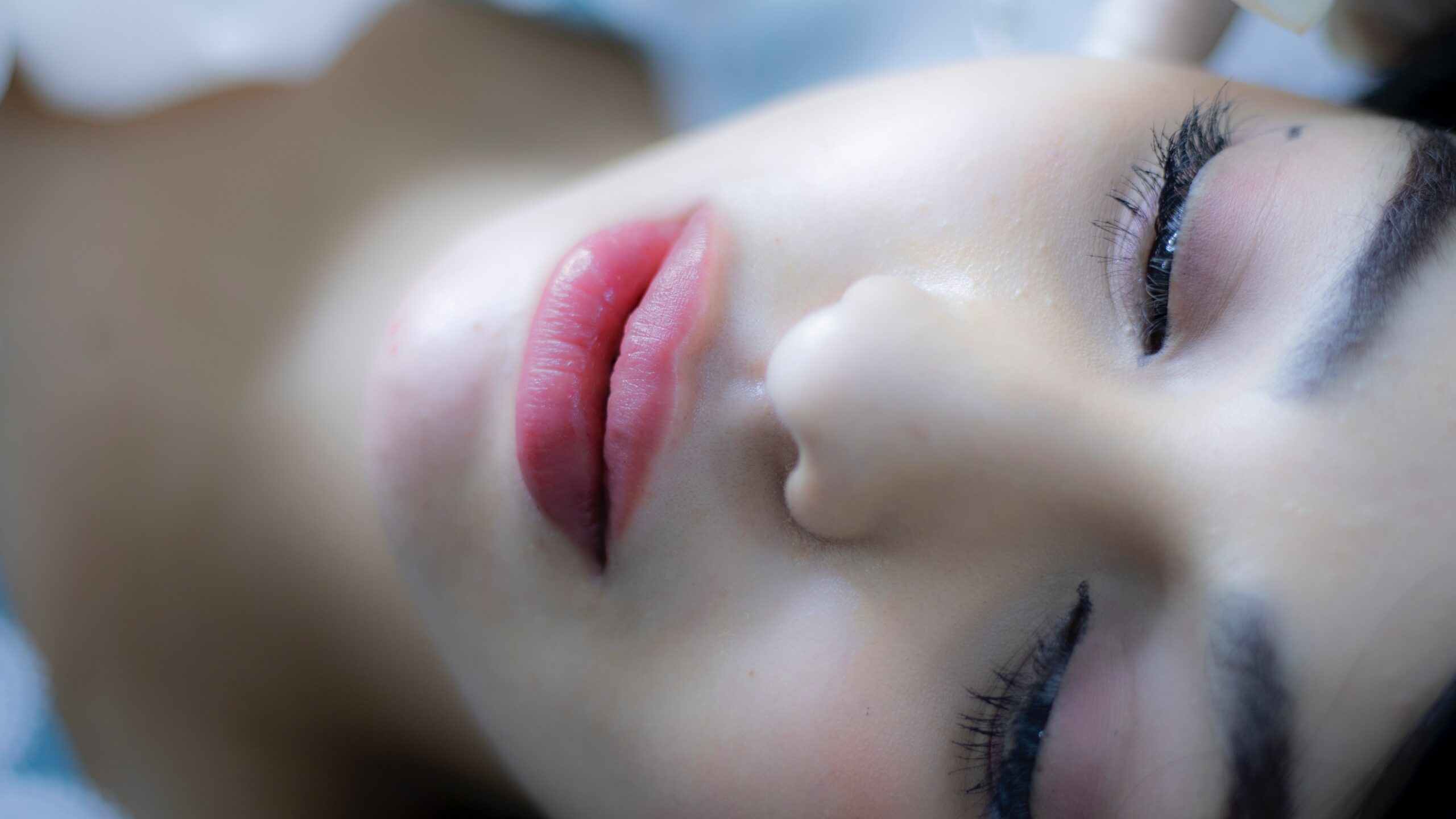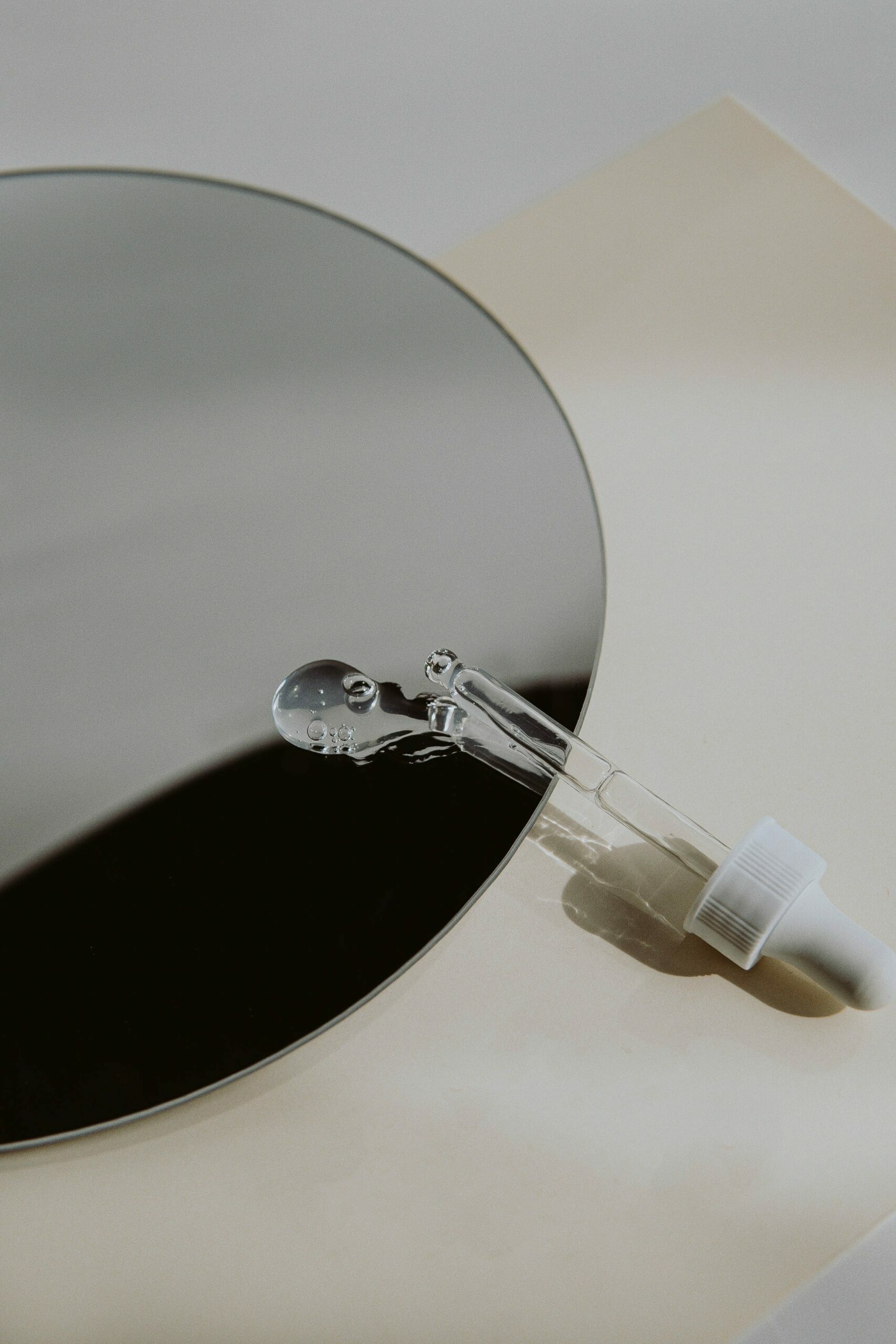As we age, our skin cells aren’t able to regenerate as quickly, leading to fine lines and discoloration. To offset the effects of aging, or to treat skin conditions like acne, many people opt for chemical peels, skin-resurfacing treatments used in cosmetic and general dermatology.
Chemical peels help stimulate skin cell turnover, leaving patients with glowing, healthy-looking skin afterward. During the procedure, a chemical solution is applied topically to the skin. The chemical solution helps break down the outer layers of dead skin cells that can increase wrinkles and discoloration.
What chemicals are involved with the procedure?
Several different chemicals can be used to perform a skin peel. Which one is right for you all depends on your skin type and skin concern.
Salicylic Acid Peel
Salicylic acid peels are ideal for people with oily or acne-prone skin. Salicylic acid can penetrate deep into pores and clear out dirt and grime that leads to acne breakouts and blackheads. Salicylic acid peels can also help reduce inflammation from acne. After a salicylic acid peel, the skin usually continues to peel for about a week.
Mandelic Acid Peel
Mandelic acid peels are ideal for people with sensitive skin. The chemical is derived from bitter almonds, making it gentler on the skin. Mandelic acid peels can help reduce chronic redness and flushing in the skin.

Retinol Peel
Retinol is one of the most potent anti-aging ingredients available. Retinol peels contain vitamin A and Vitamin C, which are excellent at exfoliating the skin’s surface to reveal the brighter, smoother skin beneath.
Jessner’s Peel
This type of peel is ideal for improving premature signs of aging and hyperpigmentation. Jessner’s peels are jacks of all trades, helping to reduce fine lines, even skin tone, mitigate breakouts and brighten and smooth the skin.
What is getting peeled away?
During a chemical peel, dead skin cells that make the skin appear dull, rough, and discolored are shed, revealing new skin below that appears brighter and smoother.
Chemical peels can be done at varying depths, ranging from light to deep. Deeper chemical peels will have more visible effects but typically come with a lengthier recovery period.
- Light Chemical Peel. A light chemical peel removes the outermost layer of the skin. This type of peel effectively treats fine lines, acne, uneven skin tone, and dry skin.
- Medium Chemical Peel. A medium chemical peel removes the top layer of skin cells and cells from the middle layer of the skin. Medium peels are effective at reducing the appearance of wrinkles, acne scars, and discoloration.
- Deep Chemical Peel. A deep chemical peel removes additional skin cells even deeper. This type of treatment is typically used for deeper wrinkles, scars, and precancerous growths.
A chemical peel can be performed alone or as a supplement to another cosmetic procedure. In many cases, repeat procedures are necessary to see results. Repeat procedures generally aren’t necessary with deep chemical peels.
How safe are chemical peels?
For the most part, chemical peels are perfectly safe. It’s rare to have an extremely adverse reaction to a chemical peel. However, there is a risk of some unpleasant side effects during the healing process, including:
- Redness and swelling. Redness and swelling are a common part of the healing process after a chemical peel. Redness, scabbing, and swelling can last up to a few months after a medium or deep chemical peel.
- Scarring. Although rare, chemical peels can sometimes cause scarring, most commonly on the lower half of the face. If scarring occurs, antibiotics and steroid medications can help mitigate the appearance.
- Changes in skin color. Chemical peels sometimes cause the skin to appear lighter (hypopigmentation) or darker (hyperpigmentation) than usual. The issue is more common in people with darker skin tones. Hyperpigmentation usually happens after superficial peels, while hypopigmentation may occur after a deeper peel.
- Infection. Chemical peels can sometimes cause bacterial, viral, or fungal infections. Patients may also notice cold sores after a chemical peel.
Extreme side effects from chemical peels are rare. When done by a licensed professional, chemical peels are a safe and effective way of rejuvenating the skin.
Do chemical peels work?
Chemical peels are effective at improving skin’s texture and reducing the appearance of fine lines. It may take a few chemical peels to notice results, after which skin typically appears brighter, more even, and noticeably smoother. Likewise, chemical peels are an excellent option for treating acne.
Chemical peels can’t wholly remove deep wrinkles or scars, nor can they tighten sagging skin. In some cases, the results of a chemical peel may not be permanent, and peels may have to be performed repeatedly to maintain results.

